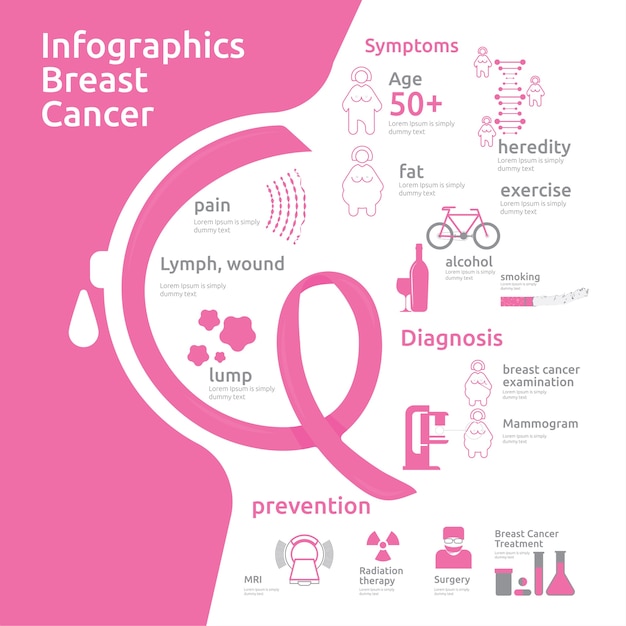
Your doctor will ask about the location of your breast pain, its relation to your menstrual cycle and other relevant aspects of your medical history that might explain the cause of your pain. The initial evaluation of your breast pain focuses on your medical history. In some cases, when you call to set up an appointment, you may be referred immediately to a breast health specialist. If you have breast pain that is new, that persistently affects just a particular part of your breast or that affects your quality of life, see your doctor for an evaluation. Try just one supplement at a time so that you can clearly determine which one helps alleviate the pain - or not. If you try a supplement for breast pain, stop taking it if you don't notice any improvement in your breast pain after a few months. There was no additional benefit after four months.įor adults older than 18 years, pregnant people and breastfeeding women, the maximum dose of vitamin E is 1,000 milligrams daily (or 1,500 IU). In one study, 200 international units (IU) of vitamin E taken twice daily for two months improved symptoms in women with cyclic breast pain. Early studies showed a possible beneficial effect of vitamin E on breast pain in premenstrual women who experience breast pain that fluctuates during the menstrual cycle. This supplement may change the balance of fatty acids in your cells, which may reduce breast pain. Ask your doctor if one of these might help you - and ask about doses and any possible side effects: Vitamins and dietary supplements may lessen breast pain symptoms and severity for some people.

Tamoxifen, a prescription medication for breast cancer treatment and prevention, may help, but this drug also carries the potential for side effects that may be more bothersome than the breast pain itself. However, danazol carries the risk of potentially severe side effects, such as heart and liver problems, as well as weight gain and voice changes.


Danazol is the only prescription medication approved by the Food and Drug Administration for treating fibrocystic breasts. You might consider lowering the dose of menopausal hormone therapy or stopping it entirely.

Your doctor will likely listen to your heart and lungs and check your chest and abdomen to determine whether the pain could be related to another condition. Your doctor checks for changes in your breasts, examining your breasts and the lymph nodes in your lower neck and underarm. Revised September 10, 2019.Tests to evaluate your condition may include: Evening primrose oil and fish oil for severe chronic mastalgia: a randomized, double-blind, controlled trial. PMID: 11103660.īlommers J, De lange-de klerk ES, Kuik DJ, Bezemer PD, Meijer S. Potential mechanisms of diet therapy for fibrocystic breast conditions show inadequate evidence of effectiveness. What Is Breast Cancer? Revised September 18, 2019. Revised January 24, 2019.Īmerican Cancer Society. Frequently Asked Questions About the American Cancer Society’s Breast Cancer Screening Guideline. American Cancer Society Recommendations for the Early Detection of Breast Cancer.Īmerican Cancer Society. Revised September 10, 2019.Īmerican Cancer Society.


 0 kommentar(er)
0 kommentar(er)
